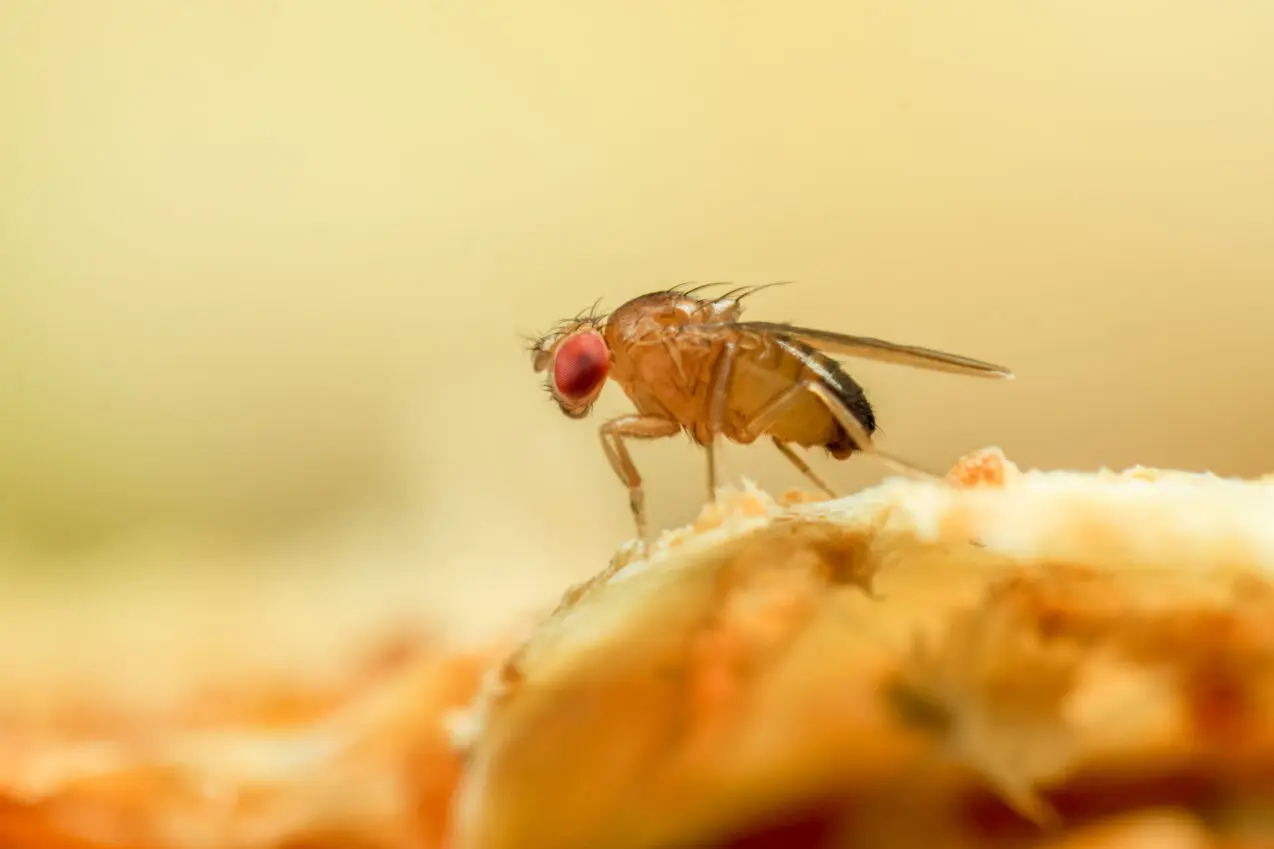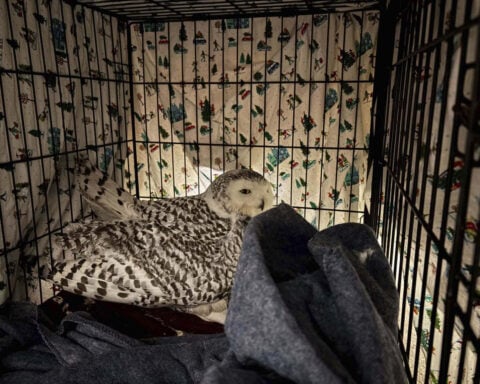Scientists have unveiled a comprehensive map of the fruit fly brain, marking a significant milestone in neuroscience research. The project, which spanned a decade, provides an unprecedented level of detail about the intricate connections within the insect's neural network.
The findings, published Wednesday in a series of papers in the journal Nature, reveal that the tiny fruit fly brain, smaller than a poppy seed, contains over 140,000 neurons connected by more than 490 feet of wiring.
"This is the first time we've had a complete map of any complex brain," said Mala Murthy, a neurobiologist at Princeton University who helped lead the effort.
The mapping process began in 2013 when researchers at the Janelia Research Campus of the Howard Hughes Medical Institute chemically hardened a fly brain and sliced it into 7,050 sections. They captured about 21 million images of these sections using microscopes.
Sebastian Seung and colleagues at Princeton developed software to interpret the images, reconstructing the 3D shapes of neurons. Drosophila experts then manually corrected errors in the computer-generated model.
Gregory Jefferis, a neuroscientist at the University of Cambridge, and his team classified the neurons into 8,453 distinct types, surpassing the 3,300 cell types identified in the human brain.
The wiring diagram is expected to benefit researchers who have long studied the nervous system of Drosophila melanogaster, the fruit fly species used in the project.
Researchers used the map to create a computer simulation of the complete fly brain. When presented with simulated tastes, the artificial brain produced signals to extend the proboscis, mimicking real fly behavior.
"Mind uploading has been science fiction, but now mind uploading — for a fly, at least — is becoming mainstream science," Seung said.
Anita Devineni, a Drosophila expert at Emory University not involved in the project, highlighted the map's practical value: "We're using this for everything we do."
While the fly brain map may reveal principles applicable to other species, including humans, researchers acknowledge that larger brains may not follow all the same rules.
Scientists are now embarking on mapping a mouse brain, which contains about 1,000 times more neurons than a fly brain. Hongkui Zeng, a neuroscientist at the Allen Institute for Brain Science, emphasized the need for improved techniques to complete such ambitious projects within a reasonable timeframe.
"Any improvement could make a large difference," Zeng said. "We can't wait 10,000 years."

 Peyote sacred to Native Americans threatened by psychedelic renaissance and development
Peyote sacred to Native Americans threatened by psychedelic renaissance and development
 Trump has pressed for voting changes. GOP majorities in Congress will try to make that happen
Trump has pressed for voting changes. GOP majorities in Congress will try to make that happen
 US holiday retail sales come in above forecast, Mastercard says
US holiday retail sales come in above forecast, Mastercard says
 Why this Mexican American woman played a vital role in the US sacramental peyote trade
Why this Mexican American woman played a vital role in the US sacramental peyote trade
 What is the Native American Church and why is peyote sacred to members?
What is the Native American Church and why is peyote sacred to members?
 Speculation mounts over cause of Azerbaijan Airlines plane crash that left at least 38 dead
Speculation mounts over cause of Azerbaijan Airlines plane crash that left at least 38 dead
 AI is a game changer for students with disabilities. Schools are still learning to harness it
AI is a game changer for students with disabilities. Schools are still learning to harness it
 Futures lower in holiday-thinned trading
Futures lower in holiday-thinned trading
 Scientists unveil first complete map of a complex brain, detailing neural connections in a fruit fly after a decade of research.
Scientists unveil first complete map of a complex brain, detailing neural connections in a fruit fly after a decade of research. 






